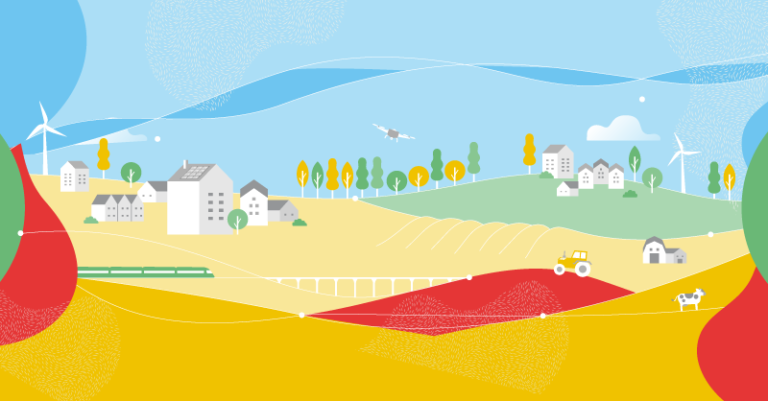The European Union launches its Rural Observatory
Announced in 2021 as one of the components of the Long-Term Vision for Rural Areas, the European Rural Observatory was launched on 8 December. The creation of this observatory aims to centralise data on rural areas to support policymaking. This tool is especially intended to facilitate “rural proofing” mechanisms by helping policymakers better take into account the rural dimension.
The Rural Observatory, which has been integrated into the Rural vision website, lets users visualise data at different levels, including below the NUTS3 scale. The tool makes it possible to select multiple indicators, typology of territory and years and to download related charts. Interestingly, The Rural Observatory also gives the possibility to compare trends between different areas in the EU, but also with EU averages, for instance to compare population density, the average distance to a train station or the age dependency ratio.
The data used is collected from the Joint Research Centre, ESPON, Eurostat and some Horizon Europe projects. The Rural Observatory is meant to evolve, with new features and tools to be added over time. For its part, Euromontana advocates for a tool that would allow for a better comparison of the different types of rural territories, with, for example, a focus on each specific territory under Article 174 of the European Treaty. This would for instance allow to compare demography or access to services between mountain and costal areas and would facilitate the analysis of trends especially in the mountains. Euromontana will also advocate for a better integration of the visualisation below NUTS3 level in all the tools of the Rural Observatory. Indeed, the analysis of, for example, rural-urban linkages, requires this data and many trends, such as rural exodus, must necessarily be measured at this local level.
